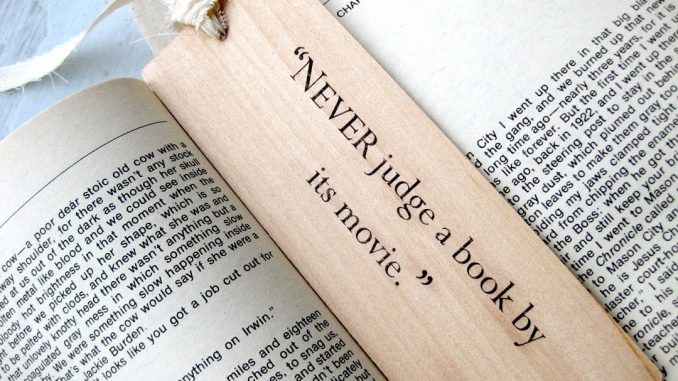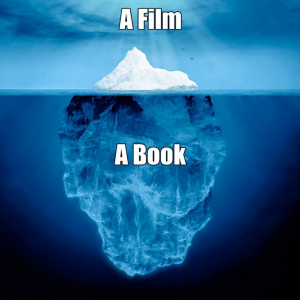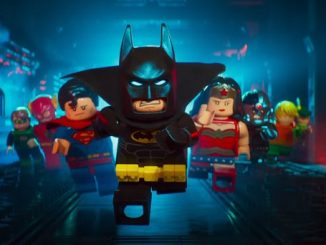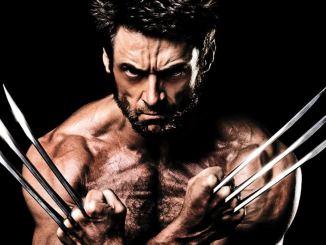
Barbara Doyle, Copy Editor |
When trying to adapt a book into a movie or television series, something most people don’t take into consideration is how difficult it is to break apart a manuscript.
It’s nearly impossible to get every important piece of a book into a script, because most audiences don’t want to sit through a movie that is longer than two hours (I don’t even know how I managed to sit through “Titanic” without losing my mind).

Screenplays and scripts range from about 90-250 pages long, while most novels double that page count. Because of this, it’s essential for a screenwriter to break down the key components of a plot in order to get the elements needed for any adaptation to be successful.
In order to do a break down, screenwriters have to know what elements are going to drive a plot. For instance, Harry Potter’s actions to free Dobby from his master Lucius Malfoy in “The Chamber of Secrets” is the whole reason why Dobby is able to come back and save the lives of Harry and his friends in “The Deathly Hallows: Part One.” Without Dobby being freed, Harry and his friends would probably die and Voldemort would’ve won.
When it comes to writing in key characters, screenwriters have to figure out what traits best humanize them in order for audiences to connect and relate. In some cases, screenwriters morph more than one character together to create a stronger lead role, which tends to anger audiences who have read the books first.
Screen writers sometimes add characters into movies as well. One example is the television show “The Vampire Diaries,” based on L.J. Smith’s best-selling novels. The writers opted to give the protagonist a little brother to add to the plot line, which makes sense considering the books were made into a television series where more plots were needed to develop as the seasons continued.
However, characters can also be the downfall in adaptations. “The Vampire Diaries” is most critiqued for the terrible casting choices, because the cast looks nothing like the characters in the books.
Another example is the adaptation of Truman Capote’s novel Breakfast at Tiffany’s. While there is no direct reference that says the narrator Fred is gay in the book, there are certain exchanges between him and other males that leads readers to that conclusion. This is a problem for the film adaptation, because the movie depicts a love interest between Fred and the protagonist Holly. This romance between the two never actually existed in Capote’s book.
One crucial adaptation tip would be ensuring that the characters look and act like they do in the books instead of being changed for the expectations of Hollywood.
This leads us to the importance of lines. If you’re going to spend massive amounts of time breaking down the plot and choosing the perfect cast for your characters, you’re also going to want to choose the most important lines for your characters to deliver.
Let’s face it. As much as I love Morgan Freeman, I don’t want to sit through twenty minutes of some random internal monologue about what his cereal tastes like. I want to hear him deliver some sappy line about the deeper meaning of life that’ll make me cry.
There is nothing worse than a book-to-film adaptation with horrible writing. The characters should make you fall in love with them, or even loathe them if they’re given the right lines to deliver. If you don’t feel for the characters when you’re watching the adaptation like you would when reading a book, the screenwriters did something wrong (calling out Twilight, because even the relationship I have with my crazy cat is a better love story than that adaptation, and I’m pretty sure my cat hates me).
These are only some of the key elements of how to best adapt a book-to-film. Because nobody needs another repeat of the Divergent series. Ever.



Authors should engage readers with fun things like thebookcaster.com where fans can cast hypothetical movie stars for any future film adaptation.